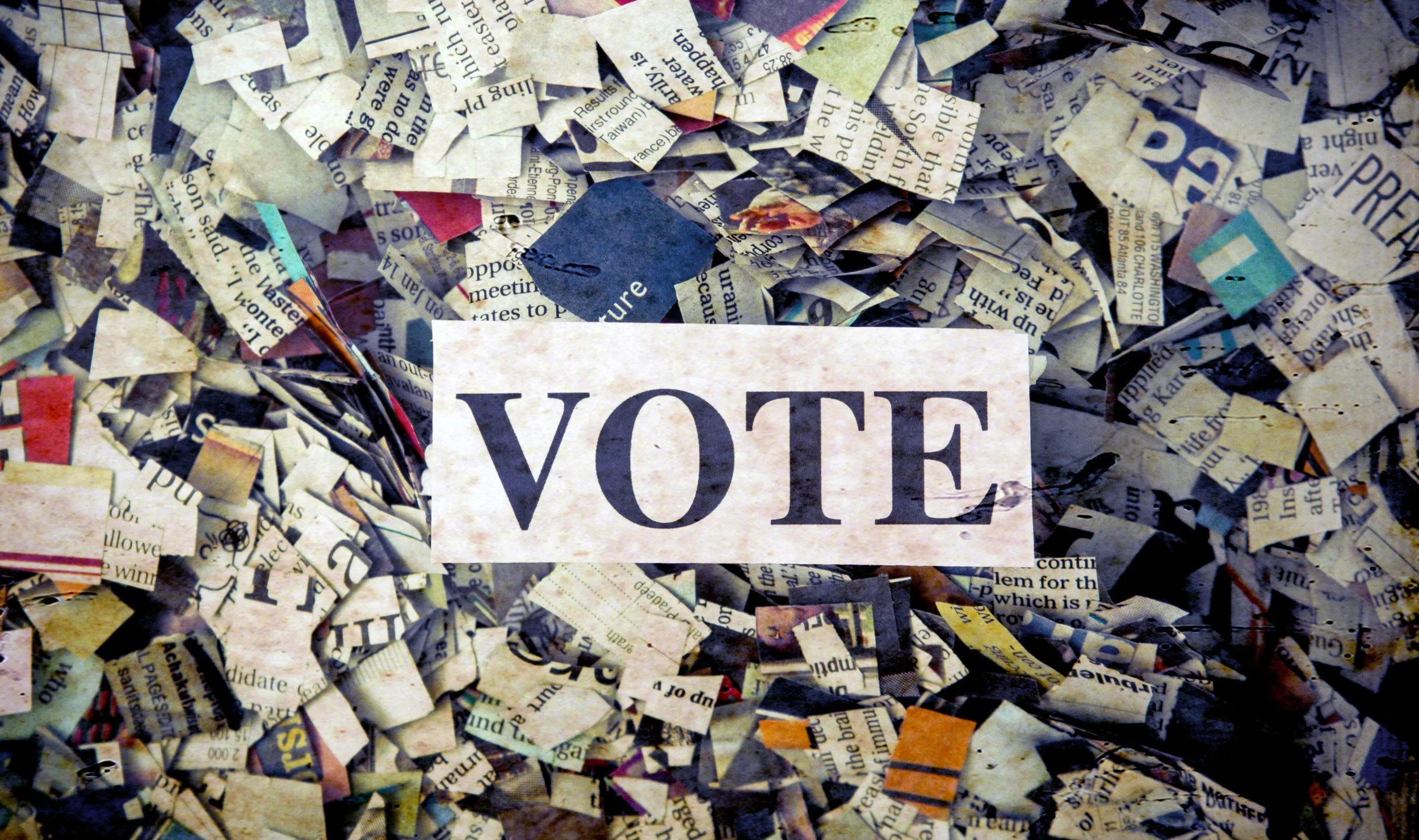In our last post, we looked at how, in 2016, many voted, yet few votes really counted in 2016..
But a quick review of the previous few elections shows a chronic pattern: political campaigns skewing their focus toward the same 10 to 12 states where the outcome was uncertain.
Take a look at 2012: the key states were expected to be New Hampshire, Ohio, Virginia, North Carolina, Florida, Iowa, Pennsylvania, Nevada, Colorado and Wisconsin. Barack Obama’s reelection campaign focused solely on these 10 states. All were vital to President Obama’s success in the prior 2008 race and would again prove pivotal in 2016.
What did voters in these states get for that added attention by the candidates? In addition to receiving the lion's share of visits, get-out-the-vote resources, and advertising, they got a vote that actually mattered. Voter turnout in "battleground" states is on average greater than in red states and blue states. That participation continues into midterms and down-ballot elections.
The problem is intensifying. In the 2016 general election, in 6 states the winner won by less than 2 percent. What does that mean? Increasingly fewer states matter when it comes to picking the president.
Unless, of course, we were to change the rules. If we selected the president based upon the winner of the most votes nationally, every state would be a purple state, no voter would be ignored, and every vote would matter.


